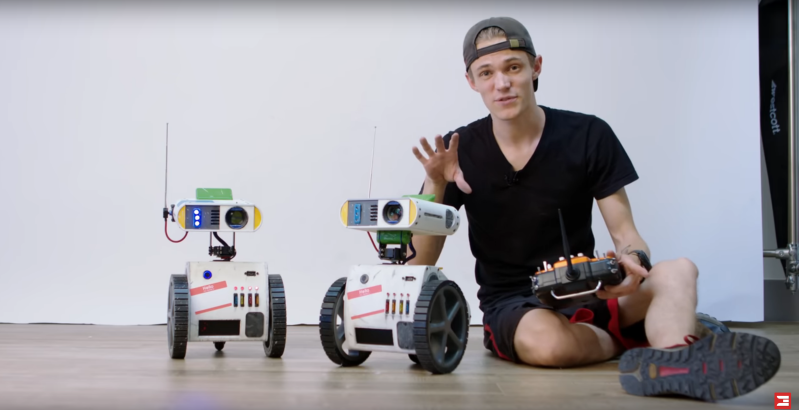Nintendo is going after the company that showed off unauthorized mockups of the not-yet-announced Switch 2 at CES 2025. In a lawsuit filed on Friday, Nintendo accuses accessory maker Genki of trademark infringement, unfair competition and false advertising, arguing that Genki “embarked upon a strategic campaign intended to capitalize on the public interest surrounding Nintendo’s next-generation console.” According to Nintendo, Genki promoted accessories it claimed are compatible with the Switch 2 despite not having official access to the console, and used the Switch logo to do so.
Following the initial reports in January that Genki brought Switch 2 mockups to CES and published a video said to show a 3D render of the console, Nintendo released a statement to say that neither the hardware nor imagery were official, per IGN. While Genki reportedly claimed it had access to a Switch 2 at first, the company later wrote on X that it does “not own or possess a black market console,” and told Game*Spark (translated by Automaton) that its mockups were based solely on leaked information. In the lawsuit, Nintendo says Genki’s “statements were contradictory and inconsistent,” yet the company “maintained its representation to consumers that its accessories will be compatible with the Nintendo Switch 2 upon the console’s release.”
Nintendo officially announced the Switch 2 on January 16, a little over a week after the mockups made their CES appearance. Even in the months since, Nintendo alleges, Genki “continues to exploit the attention of the media and fan base and usurp and threaten sales of Nintendo’s own accessories,” through means including piggybacking on Nintendo Direct with its own “Genki Direct” event immediately after. In a statement shared on X following the filing, Genki said it is “taking [the lawsuit] seriously and working with legal counsel to respond thoughtfully.”
“What we can say is this: Genki has always been an independent company focused on building innovative gaming accessories for the community we love,” Genki’s post continued. “We’re proud of the work we’ve done, and we stand by the quality and originality of our products. While we can’t comment in detail, we’re continuing preparations to fulfill orders and showcase our newest products at PAX East this week.”
The Nintendo Switch 2 arrives after years of rumors and speculation. In the lawsuit, Nintendo notes that it began planning the next-gen console shortly after the release of the first. Pre-orders for the Nintendo Switch 2 opened in April, and the console will be available on June 5.
This article originally appeared on Engadget at https://www.engadget.com/gaming/nintendo/nintendo-is-suing-the-accessory-brand-that-flaunted-switch-2-mockups-ahead-of-its-reveal-210341646.html?src=rss


